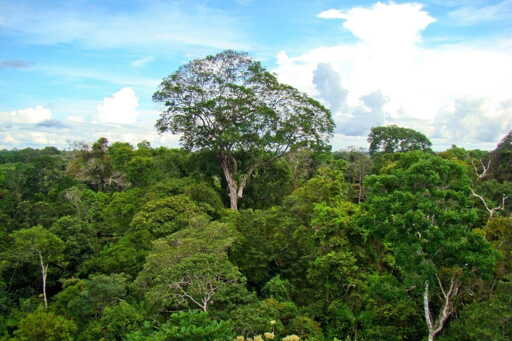How have the trees in Amazonia reacted to the rise in CO2 emissions in recent centuries? It is common knowledge that, of all greenhouse gases, CO2 is the most responsible for global warming. The most recent report released by the World Meteorological Organization (WMO) showed that the concentration of carbon in Earth’s atmosphere rose more in 2024 than in any other year since it began measuring in 1957. Climate scientists unanimously agree that last year’s increase was provoked by human activities, especially the burning of fossil fuels like oil, coal and natural gas. But to the surprise of researchers involved in a study recently published in Nature Plants, mature forests in Amazonia have shown much resilience in response to the climate changes resulting from the excess carbon in the atmosphere. This is important because trees are known to be natural CO2 sinks because they absorb it during photosynthesis. In addition, the trees in the Amazon Rainforest are getting “fatter” over time: The average trunk sizes are increasing 3.3% every decade. “We wouldn’t normally expect the average size of trees in an old-growth forest to change over time, since their growth and death rates generally remain stable,” explains Rebecca Banbury Morgan, a researcher at the University of Bristol’s School of Biological Sciences in the United Kingdom and co-author of the article. “We compared our observations with the fact that we weren’t expecting any changes and found that the average size of trees was increasing. This means that the trees today are…This article was originally published on Mongabay
From Conservation news via this RSS feed


